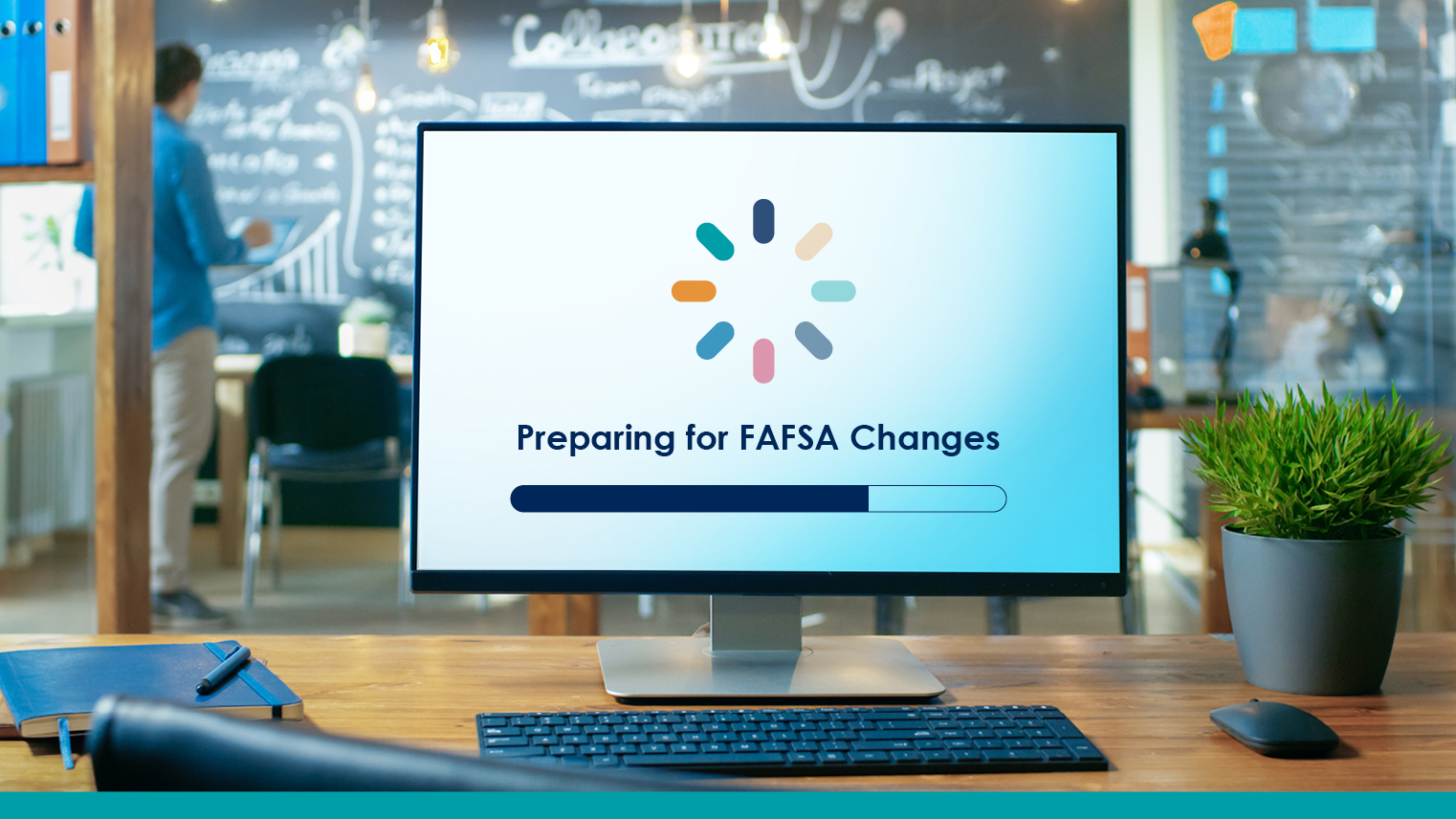For years, the verification process for FAFSA applicants has been a cumbersome part of the financial aid process. But recently, financial aid offers received some good news: the Department of Education is “significantly reducing verification requirements” in an effort that it hopes will “reduce the burden for colleges and students while continuing to protect against fraud.”
This is good news for financial aid offices. However, even though a decrease in the number of verification requests means less work for financial aid staff, unfortunately, the costs associated with verification have remained stagnant - and significant. A recent study estimates that institutions spend as much as $500 million in total on verification, with four-year, public institutions spending 15% of their financial aid operating budget on verification and community colleges spending even more: over 20% of their financial aid budget.
Verification is a big expense. But if the number of verifications is down, shouldn’t the costs associated with verification go down as well? Unfortunately, the math isn’t quite that simple.
Many institutions rely on verification tools to automate the processes associated with verification requests. And while the number of requests may be less, these tools are still required. But not all tools are created - or priced! - equally.
Regent Review delivers all the capabilities and critical features colleges and universities need to simplify and shorten the verification process. And it does so for up to 35% less than other solutions on the market today.
Regent Review simplifies and shortens the verification process by fully automating the collection of verification documents, C-code processing, task assignments, and workflows, allowing institutions to increase efficiency by improving Title IV regulatory compliance and preventing fraud. Regent Review also reduces processing times and abbreviates a frustrating and time-consuming step for students and parents.
A Silver Lining in the FAFSA Fiasco
The news of fewer verifications comes on the heels of the disastrous FAFSA rollout earlier this year that left financial aid offices reeling, offering a rare silver lining in an otherwise tarnished rollout. For years, verifying FAFSA applicants has been a cumbersome and frustrating process for institutions as well as students, parents, and guardians. However, the new FAFSA included an enhancement that allows for direct data exchange with the IRS, which means that ED is receiving much of the required income data for applicants directly from the IRS. And while avoiding identity fraud remains a top concern, these enhancements reduce the volume of requests financial aid offices need to handle while also removing the verification requirement for many applicants.
It’s no secret that the collection and processing of verification documents was - and continues to be - manual and time-consuming. But fewer verification requests should make the management of them less onerous and less expensive, enabling financial aid staff to redirect their time to supporting students and their families.
Which begs the question: why should you continue paying for a higher-cost solution when Regent Review can meet all your verification needs and save you money?
The simple answer is, you shouldn’t. By switching your verification solution to Regent Review, you can reallocate that spend to initiatives that improve financial aid efficiencies and enhance the student experience.
Ready to learn more? Register for our upcoming webinar where you can see Regent Review in action or contact us to schedule a 1:1 consultation.




